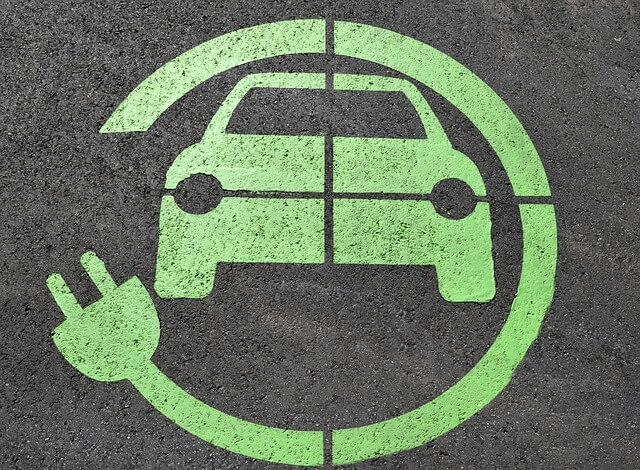Supercharged: the car industry in a post-oil world

Governments around the world, barring a handful of exceptions, are seeking to limit the effects of climate change caused by burning fossil fuels. Earlier this year, some 200 countries signed the Paris Agreement, which commits them to help curtail global temperature rises.
Part of the solution lies in promoting fuels that produce less of the harmful emissions that cause global warming. For example, the car of the future may run on electricity, biomass or hydrogen depending on the requirements of load and distance.
Nobody knows for certain what cars will look like in 2050, but we can make some sensible guesses based on the research and development that companies are doing today. In addition to the decline of the internal combustion engine, the car of the future may be self-driving, while car-ownership itself may become an historical anachronism if vehicle sharing becomes as popular as some people predict.
For short trips within an urban environment, such as a daily commute, pint-sized electric vehicles will likely predominate. Electric vehicles are already in commercial production even though they are far from mainstream, in part because of the high initial cost.
The very nature of auto- manufacturing will be transformed, while an entire ecosystem of industries will evolve to play a supporting role.
But if they offer a glimpse into the future, the very nature of auto- manufacturing will be transformed, while an entire ecosystem of industries will evolve to play a supporting role.
For a start, the number of electronic components in this car of the future will rise significantly. For example, semiconductors are needed in everything from electronic control units, to advanced driver-assistance systems, electric motors and next-generation rechargeable batteries.
Battery development is critical because batteries represent one of the biggest single costs in an electric vehicle. The challenge is to lower this cost, either by reducing the price of components or by removing any mark-ups. Both solutions suggest greater scale and integration for suppliers. Only then can manufacturers bring down the cost of an electric car below that of a comparative petrol- powered model.
China, inevitably, will be central to any electric vehicle revolution. The country is already the world’s largest market for such vehicles and urbanisation is progressing at a furious pace – the World Bank estimates some 1 billion people, or 70%, will be living in cities by 2030.
Authorities there are considering an eventual ban on the production of cars that run on petrol and diesel. China offers subsidies to home-grown makers of rechargeable batteries (BYD is now the world’s biggest overall battery-maker) in an effort to create national champions to see off foreign rivals.
What does this all mean for an investor? Clearly this is a landscape that is evolving all the time. However, we have identified four groups of potential beneficiaries.
You have the innovators, such as the Elon Musk-controlled and Palo Alto-based electric car maker Tesla, that are at the forefront of driving the electrification process and among its most vocal cheerleaders.
You have the traditional car manufacturers, such as Japan’s Toyota, that are investing in this new technology to shift their business model away from the internal combustion engine.
There are the firms that reckon they have found a competitive edge through scale and vertical integration. These include China’s BYD, in which Warren Buffett’s Berkshire Hathaway holds a 24.6% stake, as well as Korean battery-makers LG Chem and Samsung SDI. Electric automaker BYD, for example, makes its own batteries and even invests in sources of key raw materials such as lithium.
Finally, there are the components-suppliers. Companies such as Infineon, Denso, Renesas and Nidec have been churning out boring-but-essential semiconductors, auto parts, flash micro-controllers and electric motors for years. They should be among the main beneficiaries from any surge in demand for their products when auto electrification goes mainstream.
This is an industry that’s still taking its first baby steps and many companies will fail to live up to early expectations. Just because an investment theme captures the imagination doesn’t mean its companies are bound to be successful. After all, how many companies from the dotcom era are around today? Common sense, therefore, demands a diversified approach.
Fossil fuels were created over hundreds of millions of years from the remains of ancient animals and plants. They have powered the world’s most dynamic economies since the Industrial Revolution. And yet, within our own lifetimes, their utility may very well go the way of the dinosaurs.
Hugh Young
Mangaing Director Aberdeen Asia

